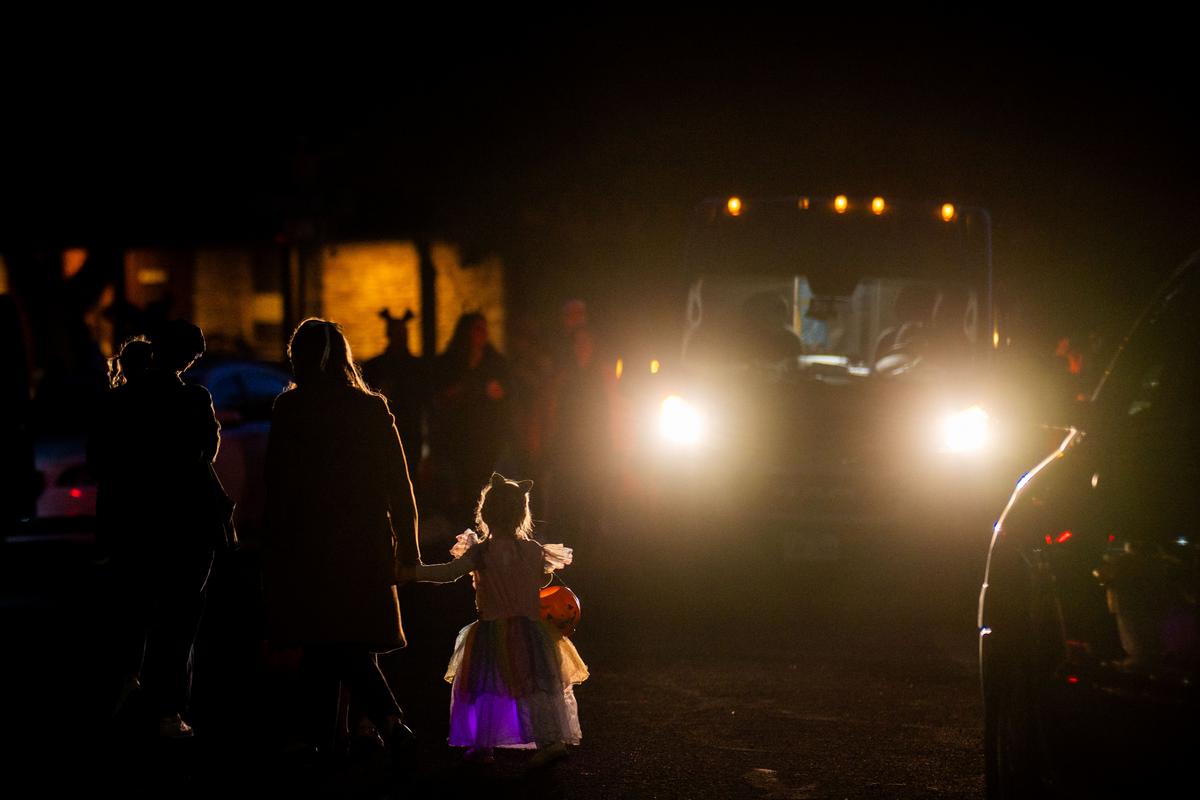Is Traditional Trick-or-Treating Really Dying Out?
Every Halloween, fewer kids seem to be knocking on doors, and more families are showing up at organized events like trunk-or-treats. For some, it feels like the classic Halloween experience is fading away. But is that really what’s happening, or are we just watching Halloween change with the times?
Why Fewer Kids Might Be Trick-or-Treating
It’s not just in your neighborhood; national surveys and studies suggest that trick-or-treating has been slowing down for years. A 2021 survey from Today found that only about half of U.S. parents planned to take their kids trick-or-treating, with safety being the top concern. Between traffic, strangers, and unfamiliar neighborhoods, many parents simply feel better keeping Halloween in a more controlled setting.
Another big factor is lifestyle. Families are busier than ever, and neighborhoods look different than they used to. Fewer people know their neighbors, and in some newer developments, houses are spaced too far apart for easy candy runs. Combine that with online scares about tainted candy or crime, even if they’re rare, and it’s easy to see why many parents prefer something a little more contained.
READ MORE: VARIETY’S TOP POP CULTURE HALLOWEEN COSTUMES 2025
The Rise of Trunk-or-Treat Events
Enter trunk-or-treats, those parking lot parties where families decorate their cars, hand out candy, and create a community-style Halloween zone. They started mostly at schools and churches but have become popular all over the country. For many families, they’re fun, safe, and convenient, everything in one place without worrying about dark streets or long walks.
Critics say these events take away from the magic of exploring your own neighborhood, but for a lot of people, trunk-or-treats make Halloween more accessible. Kids with disabilities or sensory sensitivities can enjoy the event without the chaos of running door to door. Parents who work late can still show up for a couple of hours and make great memories with their kids. In many ways, trunk-or-treats are helping families who might have skipped trick-or-treating altogether still get in on the fun.
Why We Shouldn’t Blame Trunk-or-Treats
It’s easy to see trunk-or-treats as the villain behind the decline of neighborhood trick-or-treating, but that might not be fair or even accurate. The truth is, both can coexist. Trunk-or-treats fill gaps where traditional trick-or-treating doesn’t work as well anymore, whether because of safety concerns, low neighborhood participation, or accessibility issues. They’re not replacing Halloween; they’re keeping it alive in different ways.
For communities with disabilities, these events aren’t just convenient; they’re essential. Wide, flat parking lots and predictable layouts make it easier for kids using mobility aids to join in. The shorter walking distances and sensory-friendly setups make the night less stressful for both kids and parents. Trunk-or-treats help make sure everyone can experience the joy of Halloween.
A Better Way: Coexist & Create
Instead of seeing trunk-or-treat as the enemy, maybe it’s time to see it as part of Halloween’s natural evolution. Halloween has always been one of the most creative holidays out there; it’s all about imagination, community, and fun. So why not let it grow with us?
We can combine ideas in ways that make Halloween even more exciting than before. Imagine neighborhoods that mix both: traditional door-to-door trick-or-treating and little trunk-or-treat pockets in driveways or cul-de-sacs. Families in homes that are tough to reach, maybe up long driveways or without sidewalks, could bring their cars out and set up decorated trunks closer to the street. It would turn neighborhoods into mini festivals, where everyone can participate in a way that works for them.
This could also make trick-or-treating more accessible and welcoming for everyone. Kids who need sensory breaks could have designated “quiet zones” where they can watch the fun safely without feeling overwhelmed. Neighborhoods without great sidewalks could use trunk-or-treat setups to fill in the gaps, turning what used to be dead zones into lively, connected spaces. In darker areas, even something as simple as car lights could guide families toward the next well-lit stop, keeping the magic and safety alive.
The possibilities are endless. Halloween doesn’t have to shrink just because it’s changing; it can expand, evolve, and become even more inclusive. It’s up to us as a community to get creative, to build the kind of Halloween we want to see for the next generation of kids and adults who still love to dress up, grab candy, and share a little spooky joy together.
10 Photos That’ll Instantly Put You in the Halloween Mood
From creepy-cute costumes to glowing pumpkins, these photos are your one-way ticket to Halloween happiness.
Gallery Credit: Unsplash
El Paso Children’s Hospital NICU Babies Halloween 2024
Gallery Credit: Courtesy: El Paso Children’s Hospital

